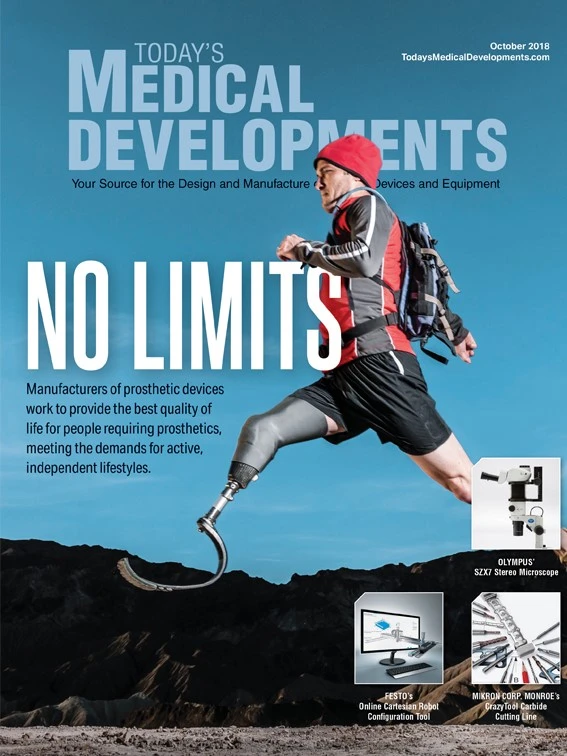
Simultaneously diagnosing and treating conditions, the emerging technology theragnosis is advancing precision medicine with devices such as smart contact lenses and microneedle patches that integrate physiological data sensors and drug delivery devices. Controlled drug delivery boasts fewer side-effects, uniform therapeutic results, and minimal dosages compared to oral ingestion. Recently, some research groups conducted in-human applications of bulky microchips for controlled-release osteoporosis treatment. However, they failed to demonstrate successful, human-friendly, flexible drug delivery systems for controlled release. However, a Korea Advanced Institute of Science and Technology (KAIST) research team has now developed a flexible drug delivery device with controlled release for personalized medicine – a step toward theragnosis.
The team, working under Prof. Daesoo Kim from the Department of Biological Science and Prof. Keon Jae Lee from the Department of Materials Science and Engineering, fabricated a device on a rigid substrate and transferred a 50µm active drug delivery layer to a flexible substrate via inorganic laser lift-off. The fabricated device shows mechanical flexibility while precisely administering exact dosages at desired times.
The core technology produces a freestanding gold-capping layer, directly on top of a micro-reservoir containing drugs, which had been regarded as impossible in conventional microfabrication.
The flexible drug delivery system can be applied to smart contact lenses or disease treatment by implanting them into cramped and corrugated organs. When powered wirelessly, it will represent a novel platform for personalized medicine.
The team already proved through animal experimentation that treatment for epilepsy progressed by releasing medication through the device. Lee believes the flexible microdevice will further expand applications for smart contact lenses, therapeutic treatments for brain disease, and subcutaneous implantations for daily healthcare.
Korea Advanced Institute of Science and Technology (KAIST)
http://www.kaist.edu


Explore the October 2018 Issue
Check out more from this issue and find your next story to read.
Latest from Today's Medical Developments
- Teleflex sells acute care and urology businesses for $2.03 billion
- HANNOVER MESSE: Where research and manufacturing meet
- What’s next for the design and manufacturing industry in 2026?
- Arcline to sell Medical Manufacturing Technologies to Perimeter Solutions
- Decline in German machine tool orders bottoming out
- Analysis, trends, and forecasts for the future of additive manufacturing
- BlueForge Alliance Webinar Series Part III: Integrate Nationally, Catalyze Locally
- Robot orders accelerate in Q3





